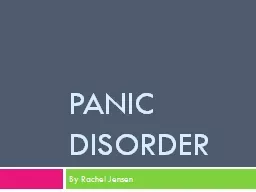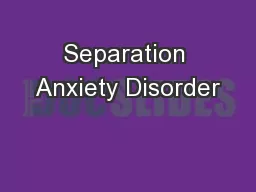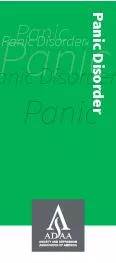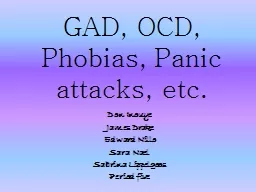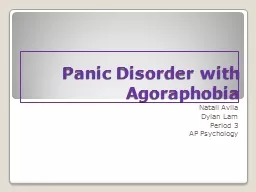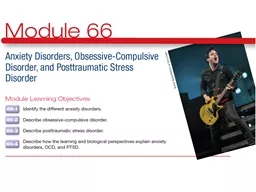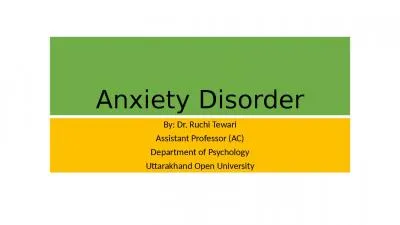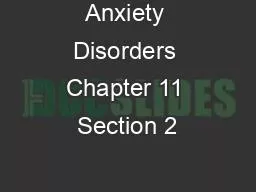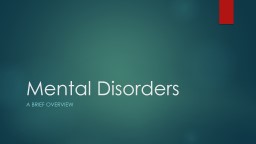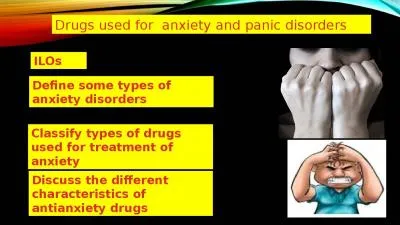PPT-Panic disorder
Author : lindy-dunigan | Published Date : 2016-10-18
By Rachel Jensen What is Panic Disorder repeated occurrence of discrete panic attacks DSMIV 1994 Random and sudden attacks of fear that last for several minutes
Presentation Embed Code
Download Presentation
Download Presentation The PPT/PDF document "Panic disorder" is the property of its rightful owner. Permission is granted to download and print the materials on this website for personal, non-commercial use only, and to display it on your personal computer provided you do not modify the materials and that you retain all copyright notices contained in the materials. By downloading content from our website, you accept the terms of this agreement.
Panic disorder: Transcript
Download Rules Of Document
"Panic disorder"The content belongs to its owner. You may download and print it for personal use, without modification, and keep all copyright notices. By downloading, you agree to these terms.
Related Documents

